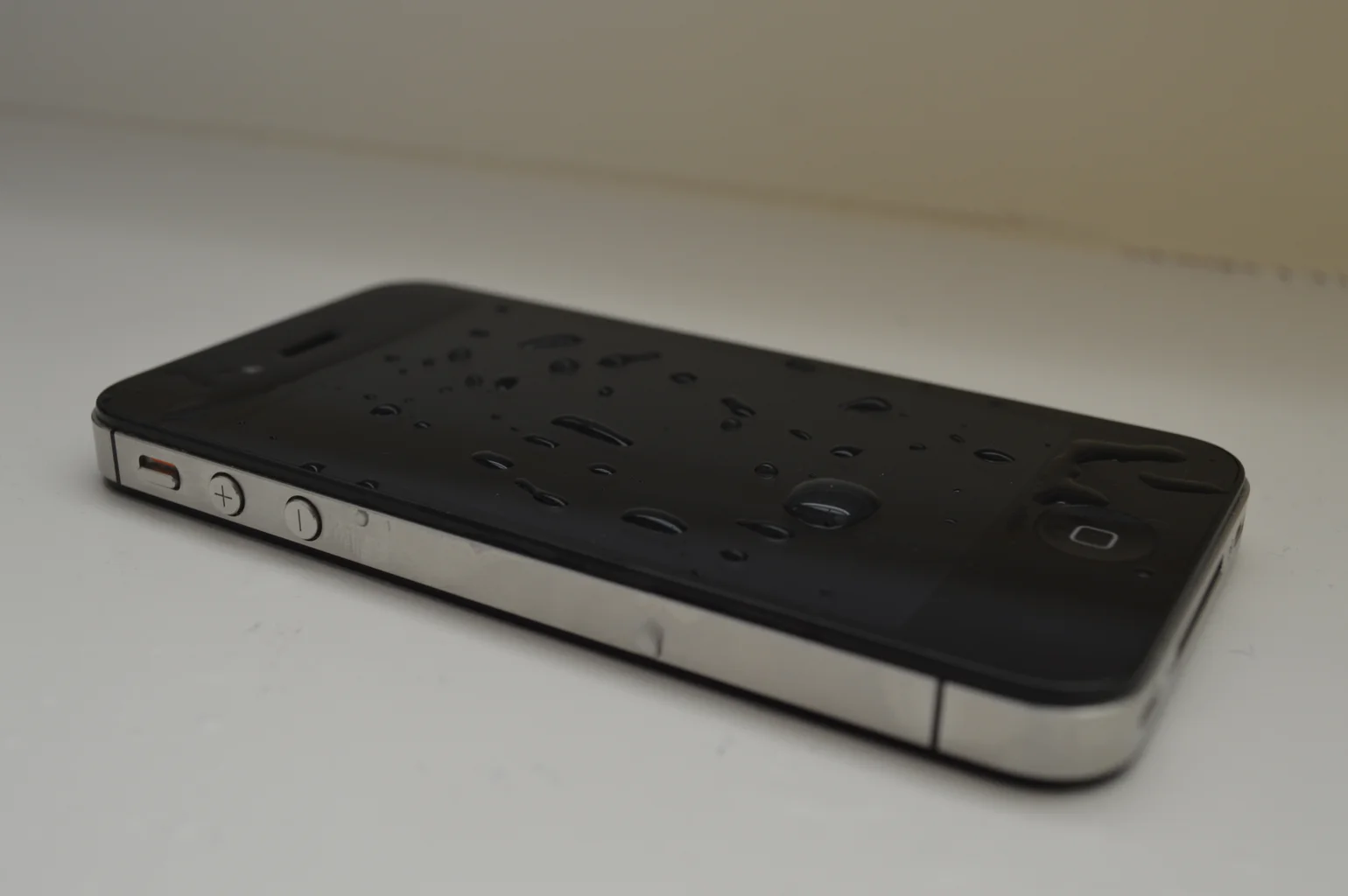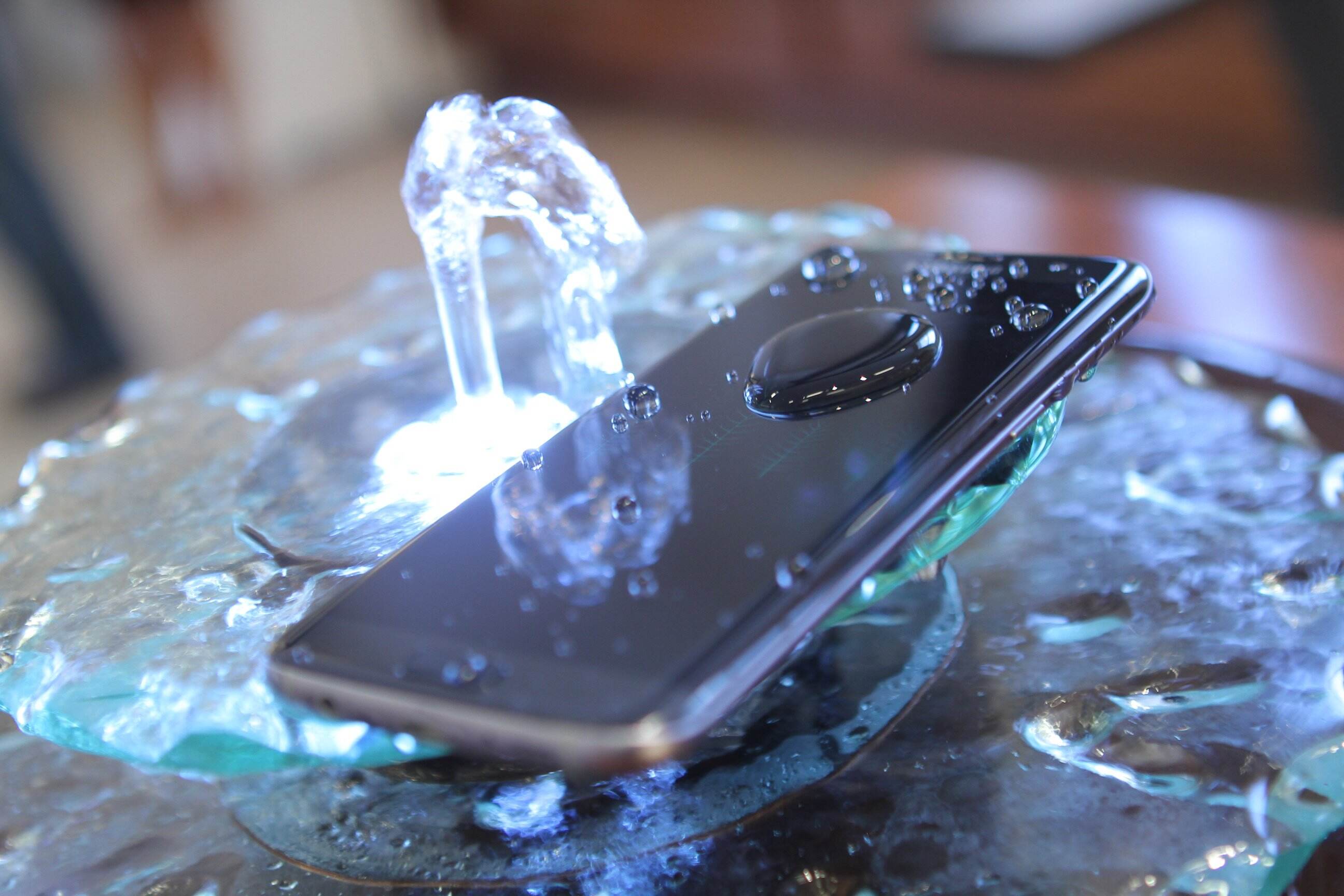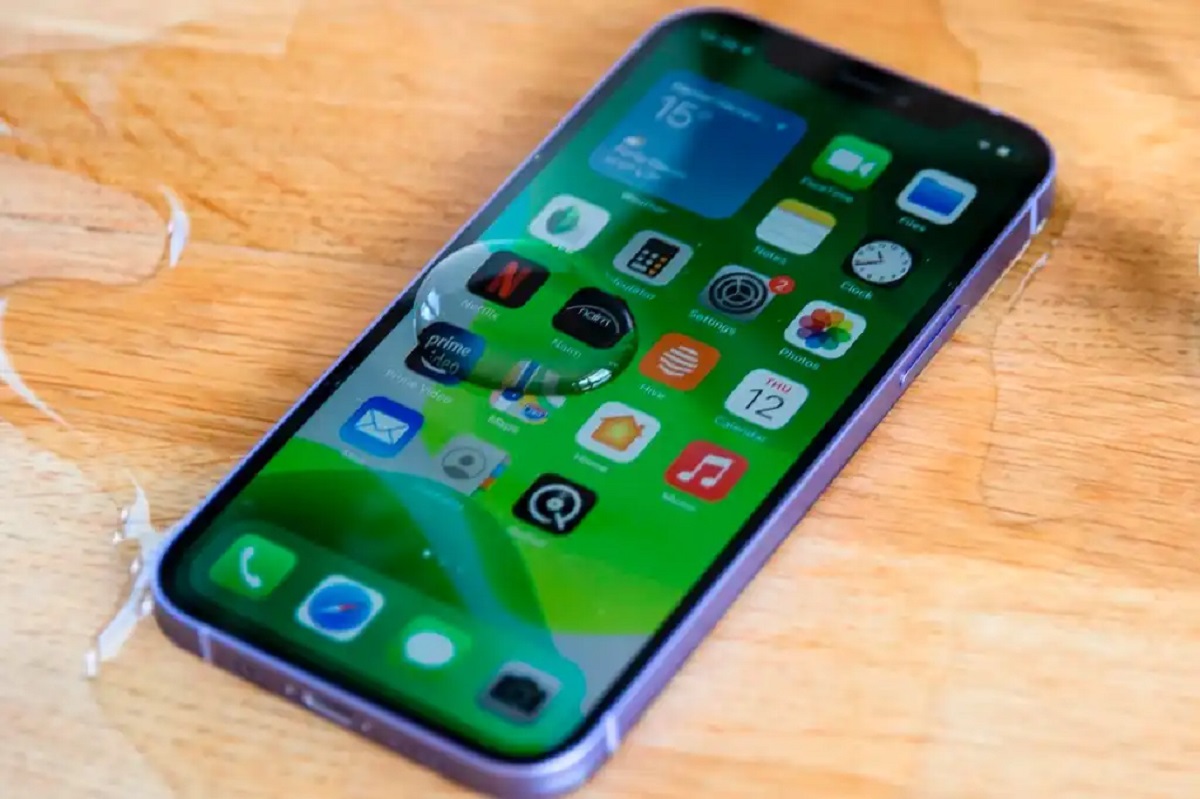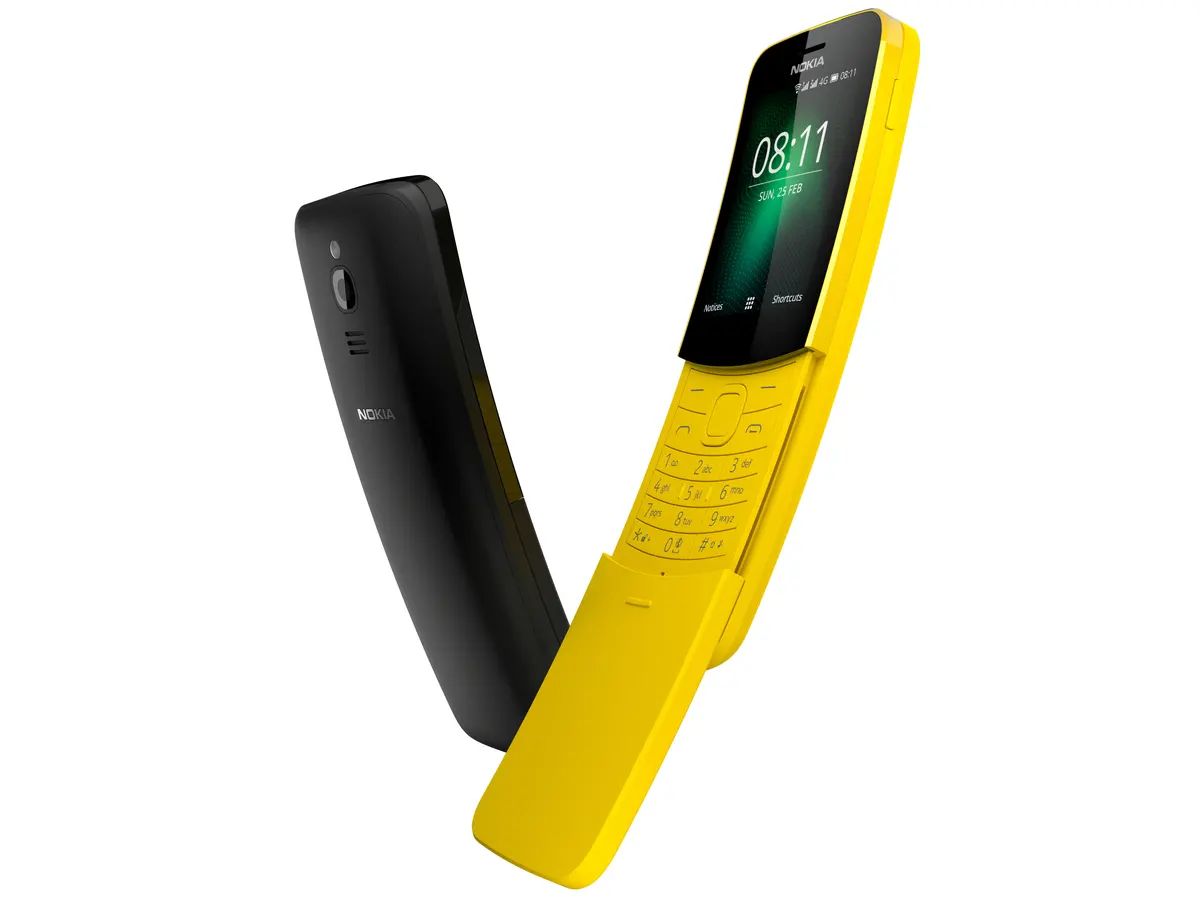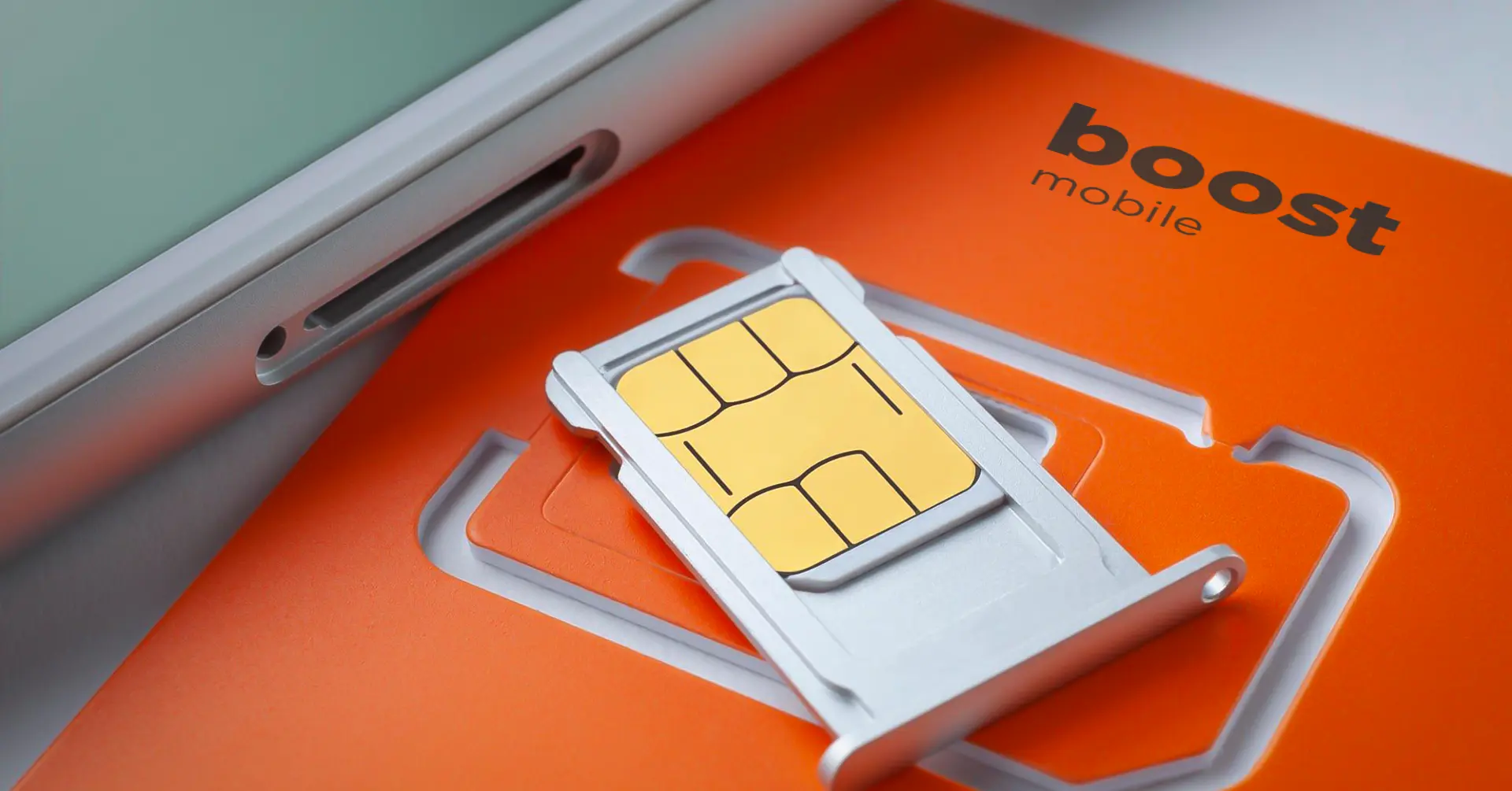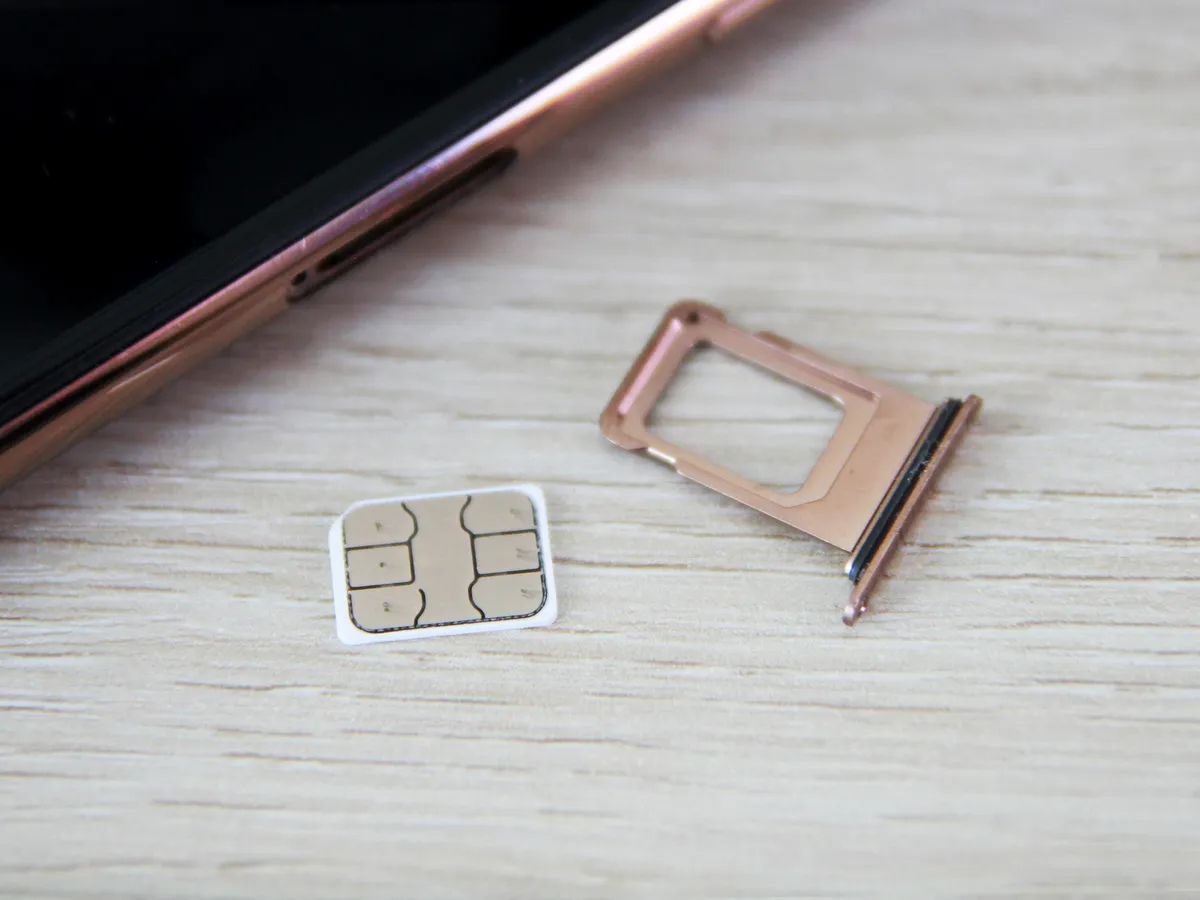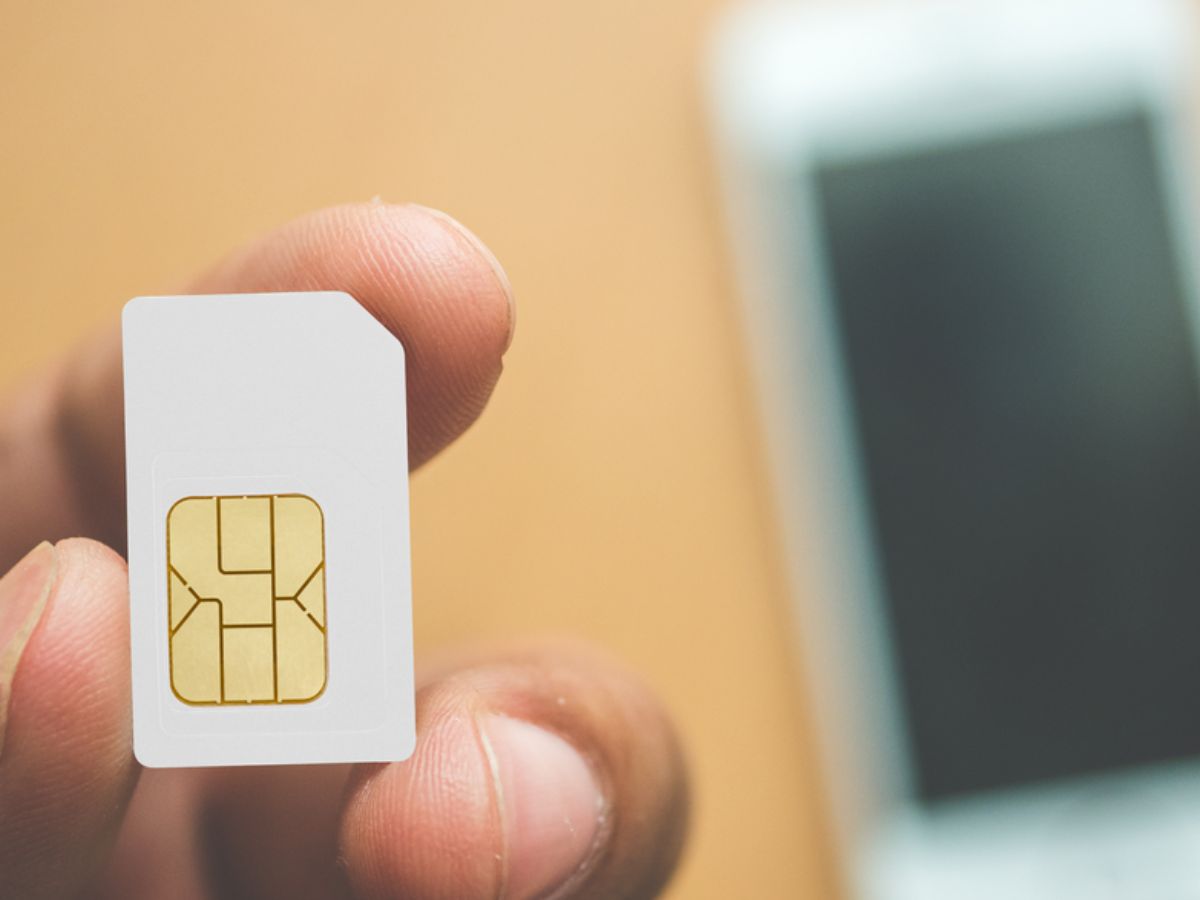Introduction
Dealing with a wet SIM card can be a nerve-wracking experience for anyone who heavily relies on their mobile device. Whether it's due to an unexpected downpour, an accidental drop in water, or any other water-related mishap, the potential damage to a SIM card can disrupt your connectivity and communication. However, knowing how to handle this situation promptly and effectively can make all the difference in salvaging your SIM card and preventing any long-term issues with your device.
In this comprehensive guide, we will walk you through the step-by-step process of dealing with a wet SIM card. From removing the SIM card from the device to drying it properly and testing its functionality, we will cover all the essential measures to take in the event of a water-related incident. Additionally, we will discuss the importance of contacting your service provider for further assistance and guidance.
By following the instructions outlined in this guide, you can increase the chances of saving your wet SIM card and restoring its functionality. It's crucial to act swiftly and methodically to minimize the potential damage caused by water exposure. So, without further ado, let's delve into the process of dealing with a wet SIM card and ensure that you are well-equipped to handle this common yet concerning situation.
Step 1: Removing the SIM Card
When your SIM card gets wet, the first and most crucial step is to remove it from your device as quickly as possible. This immediate action can help prevent further damage and increase the chances of salvaging the SIM card.
Here's a detailed guide on how to safely remove a wet SIM card:
-
Power Off Your Device: Before attempting to remove the SIM card, power off your device immediately. This is essential to avoid any potential short circuits or damage to the internal components.
-
Locate the SIM Card Slot: Depending on your device model, the SIM card slot may be located on the side or the back of the device. Use the SIM card ejection tool or a paperclip to gently eject the SIM tray.
-
Remove the SIM Card: Once the SIM tray is ejected, carefully remove the wet SIM card from the slot. Handle it with care to avoid any unnecessary pressure or bending, as this could cause further damage.
-
Inspect for Water Damage: After removing the SIM card, take a moment to inspect it for any visible signs of water damage. Look for water droplets or moisture on the surface of the SIM card. If present, gently dab the SIM card with a soft, dry cloth to remove any excess moisture.
-
Avoid Heat Sources: It's important to refrain from using heat sources such as hairdryers or microwaves to dry the SIM card, as excessive heat can cause damage to the delicate components.
By following these steps, you can safely remove the wet SIM card from your device, minimizing the risk of further damage. Once the SIM card is removed, proceed to the next step to begin the drying process and assess the condition of the card.
Remember, acting swiftly and delicately during this process can significantly impact the outcome and potential recovery of your wet SIM card.
Step 2: Drying the SIM Card
After safely removing the wet SIM card from your device, the next critical step is to initiate the drying process. Properly drying the SIM card is essential in preventing potential damage and restoring its functionality. Here's a detailed guide on how to effectively dry a wet SIM card:
-
Patting with a Dry Cloth: Begin by gently patting the wet SIM card with a soft, dry cloth to absorb any visible moisture on the surface. Avoid rubbing the SIM card vigorously, as this could cause static electricity and potentially damage the delicate components. Ensure that both sides of the SIM card are thoroughly patted dry.
-
Air Drying: Place the wet SIM card on a clean, dry surface and allow it to air dry naturally. Avoid using any external heat sources, such as hairdryers or heaters, as excessive heat can compromise the integrity of the SIM card. It's important to provide ample time for the SIM card to air dry completely before attempting to reinsert it into your device.
-
Silica Gel or Rice Method: If available, you can place the wet SIM card in a sealed container with silica gel packets or uncooked rice. These desiccants can help absorb moisture from the SIM card effectively. Seal the container and leave it undisturbed for at least 24-48 hours to allow the desiccants to draw out the moisture from the SIM card.
-
Avoiding Direct Sunlight: While drying the SIM card, it's crucial to keep it away from direct sunlight. Prolonged exposure to sunlight can lead to overheating and potential damage to the card's components. Instead, opt for a cool, dry area with adequate airflow to facilitate the drying process.
-
Ensuring Complete Dryness: Before attempting to reinsert the SIM card into your device, ensure that it is completely dry. Check for any residual moisture or dampness on the card's surface. If necessary, repeat the drying process until the SIM card is entirely free of moisture.
By following these steps, you can effectively dry a wet SIM card and minimize the risk of long-term damage. Remember, patience is key during the drying process, as rushing could lead to incomplete drying and potential issues when reinserting the SIM card into your device. Once the SIM card is thoroughly dried, proceed to the next step to test its functionality and determine the extent of any potential damage.
Step 3: Testing the SIM Card
After the careful process of removing and drying the wet SIM card, the next crucial step is to test its functionality. Testing the SIM card will help determine whether it has been successfully restored and can operate without any issues. Here's a detailed guide on how to effectively test a wet SIM card:
-
Inspecting for Physical Damage: Before testing the SIM card, carefully examine it for any visible signs of physical damage. Look for corrosion, discoloration, or irregularities on the surface of the SIM card. If any damage is evident, it may indicate that the SIM card has been compromised by water exposure, potentially affecting its functionality.
-
Inserting the SIM Card: Once you have ensured that the SIM card is thoroughly dry and free of any visible damage, carefully insert it back into the SIM card slot of your device. Ensure that the SIM card is properly aligned and securely placed within the slot to establish a stable connection.
-
Powering On Your Device: Power on your device and allow it to initialize. Once the device is powered on, check for any error messages or notifications related to the SIM card. If the device recognizes the SIM card and displays the network signal, it indicates that the SIM card is functioning correctly.
-
Making Test Calls and Sending Messages: Test the functionality of the SIM card by making a test call and sending a text message. Ensure that the calls are connecting seamlessly, and the messages are being sent and received without any interruptions. This step will verify the connectivity and communication capabilities of the SIM card.
-
Checking Mobile Data and Network Connectivity: Verify that the SIM card provides access to mobile data and establishes a stable network connection. Test the internet connectivity and ensure that the device can access online services without any issues. This step is crucial in confirming the overall functionality of the SIM card.
-
Observing Signal Strength and Stability: Pay attention to the signal strength displayed on your device. Ensure that the SIM card maintains a stable network signal and does not experience frequent signal drops or fluctuations. A consistent and strong signal indicates that the SIM card is operating effectively.
By following these testing steps, you can assess the functionality of the wet SIM card and determine whether it has been successfully restored to full operation. It's essential to conduct thorough testing to identify any potential issues or irregularities with the SIM card's performance. If the SIM card demonstrates consistent functionality and connectivity during testing, it indicates a successful recovery from water exposure.
If, however, the SIM card exhibits persistent issues or malfunctions during testing, it may indicate that the water damage has affected its internal components. In such cases, it's advisable to contact your service provider for further assistance and potential replacement of the SIM card.
Remember, thorough testing is crucial in ensuring the reliable operation of the SIM card following water exposure. By meticulously assessing its functionality, you can make informed decisions regarding its usability and potential need for further support from your service provider.
Step 4: Contacting Your Service Provider
In the event that your wet SIM card exhibits persistent issues or malfunctions during testing, it is crucial to promptly contact your service provider for further assistance and guidance. Your service provider plays a pivotal role in addressing water-related damage to your SIM card and providing viable solutions to ensure uninterrupted connectivity. Here's a detailed overview of the essential steps to take when contacting your service provider:
-
Customer Support Hotline: Initiate contact with your service provider's customer support hotline. This direct communication channel allows you to connect with dedicated support representatives who are trained to assist customers with SIM card-related issues. Be prepared to provide details about the water exposure incident and the specific problems encountered with your SIM card.
-
Detailed Explanation: When communicating with the customer support representative, provide a detailed explanation of the circumstances surrounding the water exposure incident. Describe the steps you have taken to remove and dry the SIM card, as well as the results of the testing process. This information will help the support team assess the extent of the damage and determine the most appropriate course of action.
-
Assessment of SIM Card: Your service provider may request additional details or diagnostic information to assess the condition of your SIM card. This could involve performing remote tests to evaluate the SIM card's functionality or identifying any potential network-related issues. Cooperate with the support team and provide the necessary information to facilitate a thorough assessment.
-
Replacement Options: Depending on the severity of the water damage and the assessment of your SIM card, your service provider may offer replacement options. This could involve issuing a new SIM card with the transfer of your existing mobile number and account details. Be sure to inquire about any associated costs, if applicable, and the process for activating the replacement SIM card.
-
Technical Support and Troubleshooting: If the issues with your SIM card are related to network connectivity or configuration, your service provider's technical support team can provide guidance on troubleshooting steps. This may involve adjusting network settings, updating device configurations, or addressing any software-related issues that could impact the SIM card's functionality.
-
Preventive Measures: Your service provider can also offer valuable insights into preventive measures to safeguard your SIM card from future water exposure. This could include recommendations for protective cases or pouches, as well as best practices for handling electronic devices in water-prone environments.
-
Timely Follow-Up: After engaging with your service provider's support team, make a note to follow up on the progress of any replacement or troubleshooting efforts. This proactive approach ensures that you stay informed about the resolution process and allows for any necessary clarifications or additional support.
By contacting your service provider and leveraging their expertise, you can gain valuable assistance in addressing water-related damage to your SIM card. Their dedicated support teams are equipped to guide you through the necessary steps to restore connectivity and ensure a seamless mobile experience. Remember, swift and proactive communication with your service provider is key to resolving SIM card issues effectively.
Conclusion
In conclusion, dealing with a wet SIM card can be a daunting experience, but with the right approach and prompt action, it is possible to mitigate potential damage and restore the functionality of the SIM card. By following the comprehensive guide outlined in this article, individuals can navigate the process of addressing water-related incidents with their SIM cards effectively.
The initial steps of removing the wet SIM card from the device and carefully drying it are crucial in preventing further damage. Swift action in this regard increases the likelihood of salvaging the SIM card and minimizing the impact of water exposure. It is important to exercise caution and patience during the drying process, ensuring that the SIM card is thoroughly dry before attempting to reinsert it into the device.
The subsequent testing phase plays a vital role in assessing the functionality of the SIM card post-water exposure. Thorough testing, including checks for physical damage, network connectivity, and signal stability, provides valuable insights into the condition of the SIM card. This step empowers individuals to make informed decisions regarding the usability of the SIM card and the potential need for further assistance from their service provider.
Contacting the service provider is a pivotal step, especially if the wet SIM card exhibits persistent issues or malfunctions during testing. Engaging with the service provider's support teams enables individuals to access specialized assistance, potential replacement options, and valuable insights into preventive measures. Effective communication with the service provider can lead to the swift resolution of SIM card-related issues and the implementation of preventive strategies to safeguard against future water exposure.
In essence, the process of dealing with a wet SIM card encompasses proactive measures, careful assessment, and collaborative engagement with service providers. By adhering to the steps outlined in this guide and leveraging the support of service providers, individuals can navigate water-related incidents with their SIM cards effectively, ultimately ensuring uninterrupted connectivity and a seamless mobile experience.
Remember, in the event of a water-related mishap, swift and methodical action can make a significant difference in salvaging a wet SIM card and restoring its functionality. By equipping oneself with the knowledge and proactive approach outlined in this guide, individuals can confidently address water-related incidents with their SIM cards and minimize the impact on their mobile connectivity.









